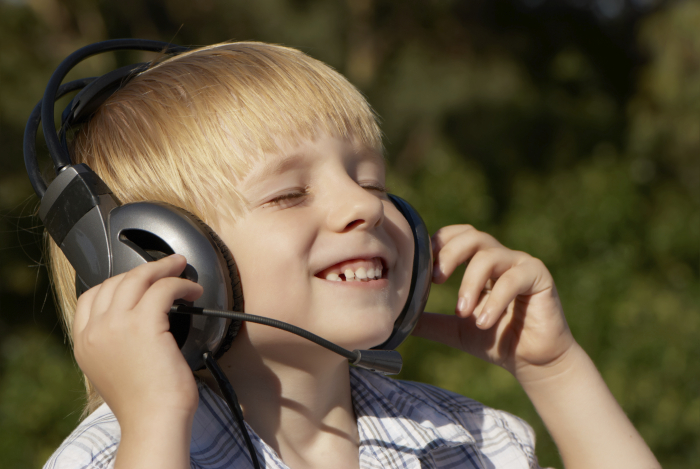Posted: June 4, 2020
In this day and age, it can be almost impossible to find an aspect of life that is not in some way, shape, or form touched by technology. For people living with special needs, including Cerebral Palsy, the advancement of scientific knowledge and equipment is helping break down the barriers of limitation and participation restriction. These advancements represent a critical bridge for many that can be life changing. As such, we feel it is important to bring attention to as many new and helpful resources as possible in hopes to provide options for families like yours.
Assistive technology is a term used to describe a device that helps to increase, maintain, or improve functional opportunities for individuals with a disability or impairment. Now more than ever there are numerous types of devices that can help improve an individual’s learning capabilities, communication, hearing, and mobility. Additionally, these devices can present innovative opportunities for inclusion within several important aspects of a child’s life, including home, school, and recreation.
Technology at Home
When it comes to life at home, there are various tools that can be utilized to assist a child who faces unique challenges in the activities he or she would like to participate in every day. The goal of this equipment is to help a child become more independent and enabled. Some of the adaptive tools offered include:
- Eating utensils that are weighted or provide assistance through grips
- Plates and bowls with non-slip bottoms
- Non-skid rugs throughout the home
- Dressing aids, including zippers and other devices aimed at increasing independence
- Tables that can be moved up and down for accommodation
- Adaptive scissors and art supplies
- Key turners
- Aids for positioning in bed or on couches and chairs
- Specialized bathroom devices aimed at encouraging independence
Technology at School
Within the special education department of public schools, a child with special needs impacting their educational development can receive an evaluation and obtain an Individualized Education Plan (IEP). IEPs can include assistive devices that the school provides and is specifically tailored to the unique needs of the student. Different types of equipment utilized consist of:
- Communication devices – some of these tools work by the child to choosing words, letters, or pictures to convey what he or she wants to say. Others may use eye-tracking software to help the user select the appropriate items.
- Vision aids – examples include magnifying sheets that can make text significantly larger for a child so that he or she is able to read easier. These aids can also include text-to-speech programs on computers that read words aloud for children with hearing challenges.
- Transportation aids – these assistive devices can include wheelchairs or powered scooters that help a child in their movement throughout school and beyond.
Technology in Play
Many gaming platforms are now working to make content and features more comprehensive and readily accessible. PBS Kids illustrates this through their mission to provide learning opportunities to all children. The organization has taken into consideration the varying levels of cognitive and physical abilities of each child when designing the PBS KIDS website, evaluating various elements of the user interface (UI) for overall accessibility. Options and features embedded into some of their programs include:
- Audio descriptions of what is happening on the screen
- Text-to-speech elements
- Optimized text-to-background color contrast
Children interested in video games have also received the attention of major companies, with organizations like Microsoft unveiling adaptive controllers for their consoles which allow a whole new generation of ‘gamers’ to access a wide range of games and opportunities.
Overall, the goal of assistive technology is to create equal opportunities for everyone. In short, it is about making sure anyone who is interested in getting involved can. All parents, including those that have a child living with Cerebral Palsy, desire for their child to break through any cultural, physical, or social barriers in order to thrive and succeed to the best of their abilities. We believe assistive technology can represent an important stage in these efforts.
Contact us today with any questions you might have regarding the assistive technology available to help children with Cerebral Palsy. We are focused on providing any and all information we have to families like yours in the hopes of ensuring each child with special needs can access the important resources available at this time. We hope to hear from you soon!






